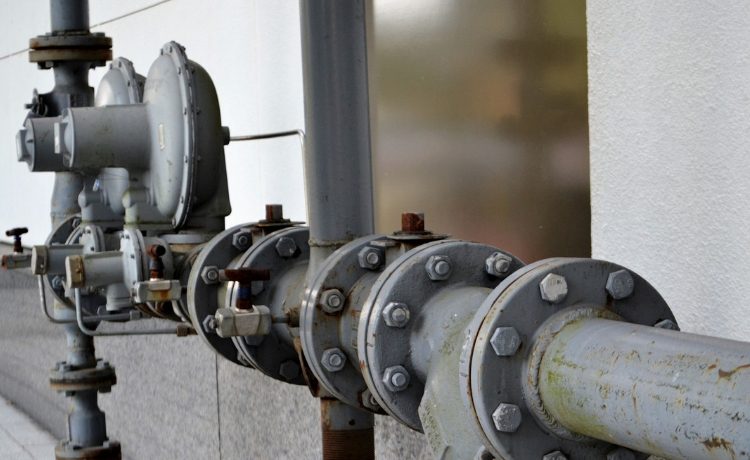Whether you’re building a residential, commercial, or industrial building, the plumbing system is an essential part that you should never forget.
A plumbing system is a series of pipes, valves, tanks, plumbing fixtures, and other apparatuses that deliver water or even gas in and out of a building. Having an effective plumbing system in your building, especially your home, guarantees you have clean water whenever you need it, plus, your wastes are directed to its proper place.
Creating a Plumbing System Plan During Construction
Plumbing systems are typically created underground and behind the walls of a building, which is why it’s essential to hire construction plumbing companies that can help plan out a plumbing system and build it.
Whether you are building a small residential home or a large commercial or industrial complex, you will need the help of professional plumbers, especially in Australia where it’s the law that only professional and licensed plumbers can do any plumbing job, including installation, replacement, and repair of a system.
Types of Plumbing Systems
There are different types of plumbing systems that construction plumbing companies can help you with. Here are some of the few and most essential plumbing systems:
Water Supply System
Of course, a water supply system is one of the main types of plumbing systems. It ensures water can be provided to different points of the building on-demand.
Typically, a water supply system would include the supply of tap and potable water to the building. Potable water systems can be used for both cleaning, cooking, and drinking, as it usually comes from a community water source. You can also include a tank to store water and provide it anywhere it’s needed.
Most homeowners also include a water heating system, which could either be electric or tank-based and provides hot water on-demand by simply turning on the right faucet.
Septic and Sewage System
Adding septic and/or sewage systems in your property is crucial as these guarantees that wastewater is safely and properly removed from your place. Waste would include byproducts of human activities such as sewage and grey water, which come from toilets, bathrooms, and kitchens.
Septic and onsite sewage systems have differences, especially with the design. But both share the same purpose. When it comes to design, common septic and sewage systems include wastewater, full sewage system, and on-site wastewater.
Of course, septic and sewage systems have a different set of pipelines from your water supply. There is no room for error, as a leak into your water supply would be extremely unsanitary and unhealthy. Make sure you consult a professional when creating your property’s sewage system.
Stormwater Drainage Systems
Another essential plumbing system you should have is an effective stormwater drainage system. Its main purpose is to remove rain or stormwater from the building. If you do not have an effective drainage system in place, your building can be easily damaged by the accumulation of water.
Gutters, drains, pipes, and a storage tank are included in a stormwater drainage system.
The whole system starts from the roof, which catches the rainwater with the roof gutter, down the drain pipes, and into a subsoil drain that ensures stormwater is removed from the building before it overflows. The amount of rainfall in your area will influence how big your stormwater drainage system will be.
Conclusion
When it comes to creating various types of plumbing systems in your home or business, you’ll definitely want to hire a professional. They have the proper knowledge to assure every system in your home works properly, assuring the safety of your family or employees. Make sure you give them a call during the construction period of your property.


